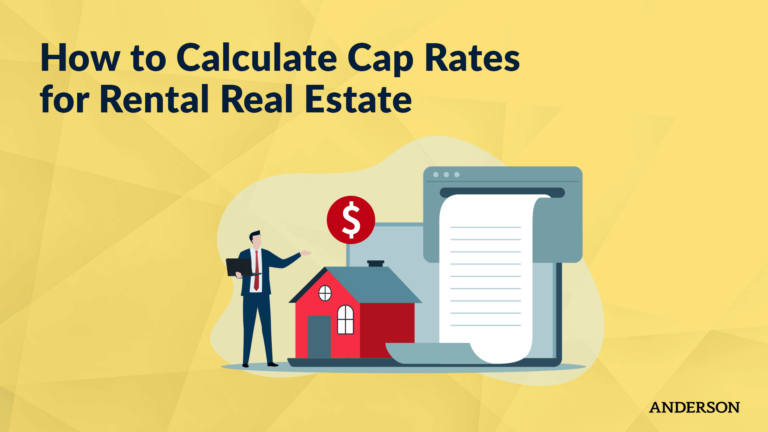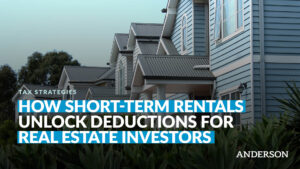In this episode of Coffee with Carl, attorney Carl Zoellner goes over the basics of using the Infinity Income model to build retirement income that will last through your retirement years.
Updated November 3, 2020
You’re investing for a reason. Whatever that reason may be in the short-term, in the long-term, one of the primary motivations behind most of our clients’ investing activities is to shore up their retirement. A question I field frequently from older and younger clients alike is: “Have I saved enough for retirement?”
So many people approach retirement planning from the perspective of figuring out their “magic” retirement number, then working towards that number.
Passive Income for Retirement
Using your active income to buy passive assets is a great retirement strategy because it provides you with a revolving source of income. When your passive income is enough to pay your liabilities (debts and other financial obligations), then technically, you never have to work again.
The richest people in the world — the top 1% — know this fundamental rule well: use your active business to support passive investment. Active income (sweat-of-your-brow labor) comes with self-employment (SE) taxes of 15.3%. Examples of active real estate business activities include flipping and wholesaling.
Passive-income-producing activities include rental real estate income as well as some other investing activities. Passive income is preferable because of its advantageous tax treatment.
Eventually, the goal is to build enough passive income to pay your monthly expenses. If I require $5,000 a month to pay my living expenses, then my goal is to build enough passive investment income to cover those expenses. At that point, I could technically retire.
The problem with the way our culture views retirement planning is that we’ve been taught that there’s a “magic number” to build a sufficient retirement account that we then deplete over time. So whether that’s $1 million or $10 million — whatever you and your financial planner have discussed — this leaves you sitting on a big chunk of change and hoping it doesn’t run out before you die.
As you can see, there are problems with this approach. Instead of trying to guess how many years you’ll live after retirement and working towards that “magic number” in your retirement account, another way to plan for retirement is to build your portfolio of passive-income-producing assets. This is why you hear people say they spend their active income on passive investments. When you hit the point that your monthly passive income can pay for your expenses, you know you can retire without worrying that you’ll run out of money at the end of your life.
The Infinity Income Model
This is called the Infinity Income model. Instead of building a large chunk of money and then depleting it, you grow your assets to support your lifestyle. This allows you to have a revolving source of income without actively working for it.
As always, take advantage of our free educational content and every other Tuesday we have Toby’s Tax Tuesday, a great educational series. Our Structure Implementation Series answers your questions about how to structure your business entities to protect you and your assets.
Additional Resources:
- Claim your FREE Strategy Session
- Join our next Tax & Asset Protection event to learn more advanced tax minimization & entity structuring strategies
Got an idea for a future Coffee with Carl? Send it to Carl at cwc@andersonadvisors.com.
Free Strategy Session with an Anderson Advisor
Receive a detailed risk assessment to assist in lowering problem areas that could wipe out all of your assets with one wrong move. Speak with an Anderson Professional Advisor to get your FREE Strategy Session.
Limited-Time Offer: ($750 value.)












